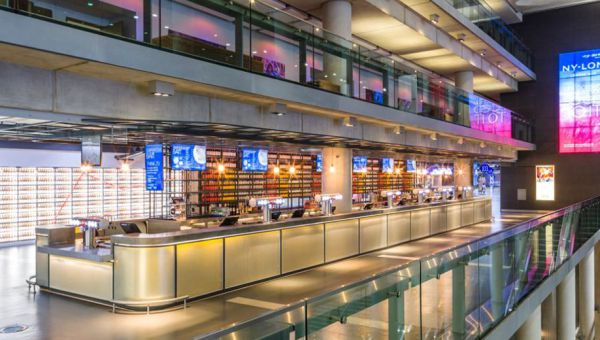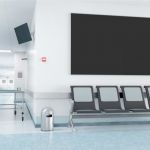Having the largest displays and the latest hardware technology does not guarantee a digital signage network running in its full glory. We are never tired of repeating the choice of good software does make a difference, but today we want to emphasize a third element often underated: the service level agreement (SLA).
Customer service, technical support and maintenance are often in the background when talking about the implementation of a digital signage network. A mistake, no doubt. The operating costs and the proper functioning of a network depend on the appropiate decision at the rigth time.
When to assess maintenance costs?
When you start planning a digital signage network, attention is often wrongly focused on hardware, software licensing and installation investment. These are three elements to keep in mind, of course, but not the only ones.
If there is a key factor, we would choose the costs of maintenance. Those recurring expenses that will be charged every month, sometimes for years. That is why it is important to take them into account from day one, from the moment the first stone is laid in the construction of our corporate digital signage network.
Four requirements to make the difference
The management of a digital signage network – in addition to the monitoring of content in real time, the grid management and programming, verification of contents and presentation of audits and reports – includes a series of services associated with technical support you should take into account.
The proper functioning of a network is directly related to great IT support. Who will attend to you? When will they do it? How long will you have a solution? Here are some questions over the table when hiring a technical support service.
From our experience in MALER, there are four requirements to make the difference between a decent technical support and a first-class service level agreement:
- Direct attention of engineers. There are few things more frustrating than impersonal and ineffective customer service. We are all tired of call centers placed who-knows-where that do not pick up the phone. We are all sick of robots bouncing us from one department to another without a solution. A direct line with an engineer, with the skilled person who can really solve the problem, is the first step to a quick solution.
- 24/7 permanent care. It’s 3:00 AM and the phone rings… This could be the beginning of a drama, but it can also serve to describe the day to day of a great digital signage maintenance service. There are businesses that run 24 hours a day, 7 days a week and 365 days a year. So they need permanent care, but even networks with a lower level of activity may also need at any time service 24/7. If a problem arises, every hour matters.
- Fast response. The nuance is important, because it is not the same permanent attention and fast attention. Leading technical support services can provide response times of up to 20 minutes, although the industry standard is typically between 3 and 24 hours.
- Development of new solutions. It is important to have a technical support that, within its services, is able to develop, test and implement new solutions to meet new needs of its customers. In MALER, when programing a modification in a project, the process usually works in this way. First, the improve is documented (what is it?). After, it is divided into parts for its development and the solution is created. Then, it’s time to be tested in a development environment. Later, in the customer’s own network, and finally put into production. It is a process whose duration depends on the complexity of that modification to measure. It is important not to skip any step.
A service level agreement (SLA) in technical support with these characteristics is a guarantee for any corporation before to launch a corporate digital signage network.
The tranquility of having first-class attention allows companies to focus on the core of the business and leave the management of their digital signage networks to expert hands, as explained by our colleague Luis Villafañe, MALER systems director: “If you hire a contractor to manage your network in a 24/7 service and 20 minutes of response, you do not really have to worry about what the software does, you just want the things done”.











